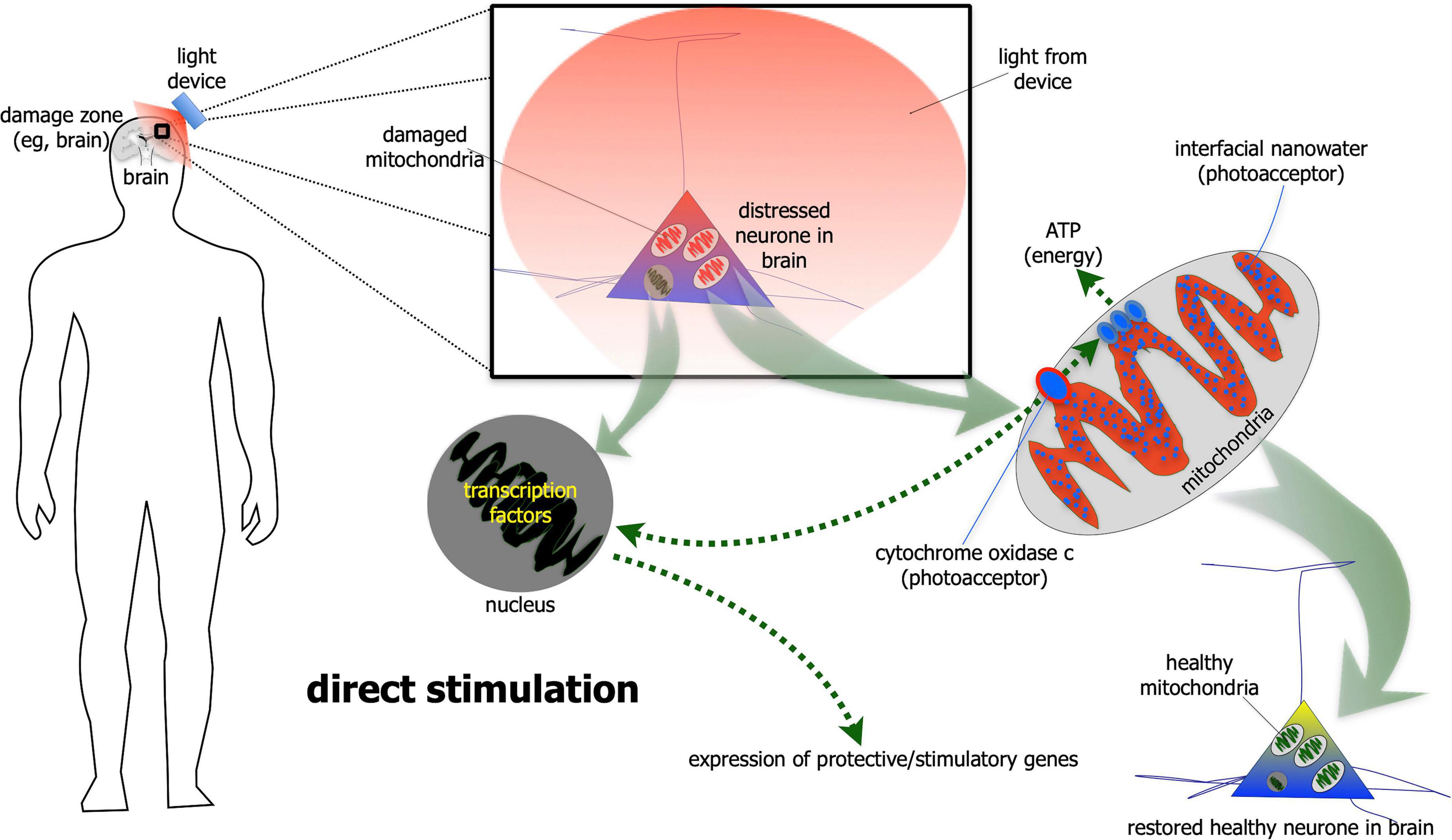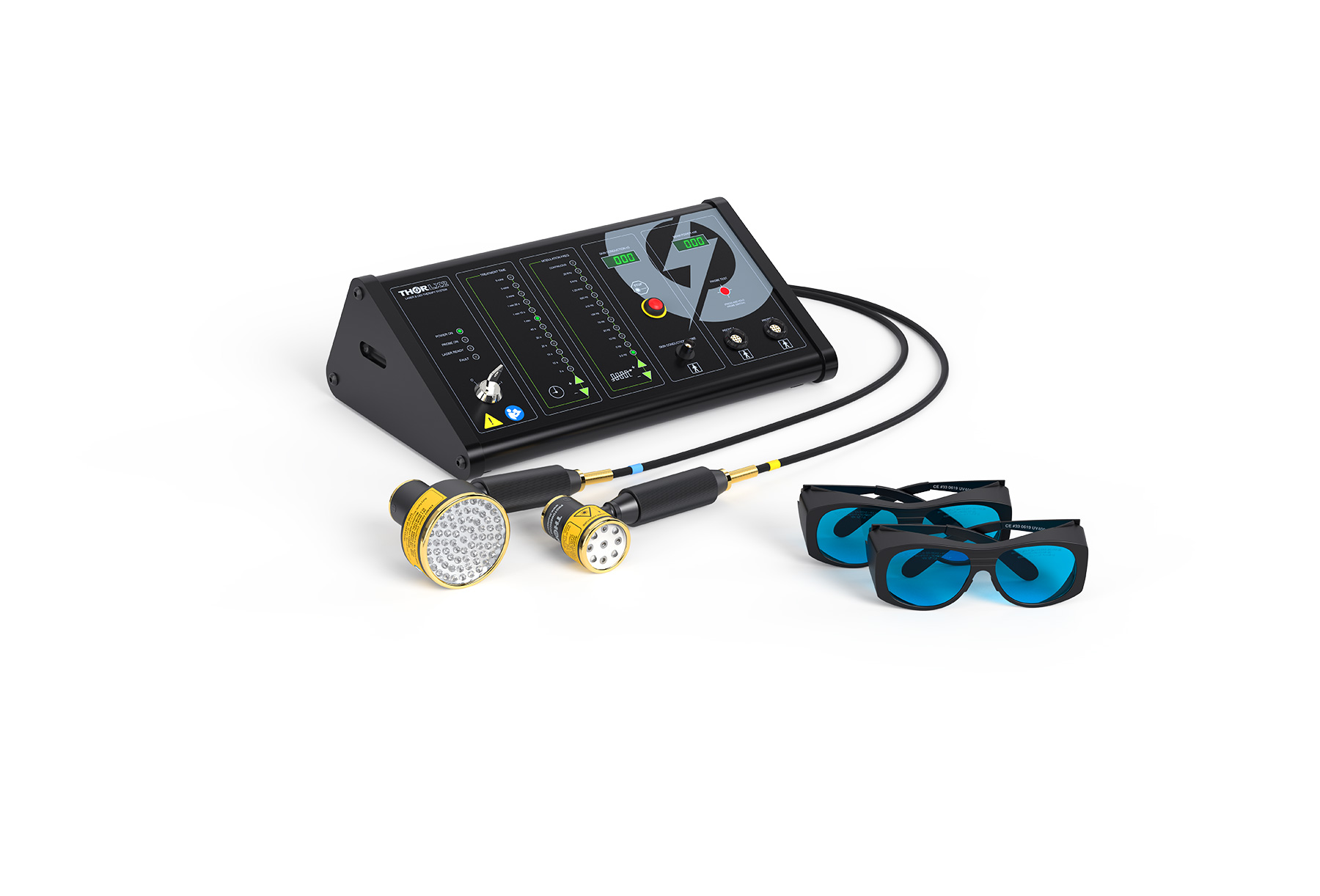The 20-Second Trick For Photobiomodulation
Wiki Article
Some Known Details About Photobiomodulation
Table of ContentsThe 2-Minute Rule for PhotobiomodulationHow Photobiomodulation can Save You Time, Stress, and Money.Not known Details About Photobiomodulation Photobiomodulation - Questions
Laser therapy is a clinical treatment that uses concentrated light to stimulate a process called. Throughout PBM, photons get in the tissue and engage with the cytochrome c complex within mitochondria. This interaction sets off an organic cascade of occasions that leads to a boost in cellular metabolic rate, which can as well as speed up the recovery procedure.There is agreement that the application of a healing dose of light to damaged or useless tissue leads to a cellular response mediated by mitochondrial systems. Photobiomodulation. Research studies have shown that these modifications can influence pain and inflammation, as well as, cells repair work
Adjustments in ATP, reactive oxygen species and nitric oxide follow light absorption by Cc, O. These impacts are redox state and dosage reliant.

The Main Principles Of Photobiomodulation
PBM gadgets have been cleared for advertising and marketing by FDA with the Premarket Notification/510( k) procedure as adjunctive tools for the short-term alleviation of pain. These clearances were based upon the discussion of scientific information to support such cases (Photobiomodulation). In this therapy, a light is put near or in call with the skin, enabling the light power (photons) to penetrate cells where it communicates with chromophores situated in cells leading to photophysical and photochemical adjustments that cause alterations at the molecular, mobile and cells levels of the bodyRemarkably, recent research shows that light can enhance performance in normal tissues and cells. The potential applications of PBMT are various and are being checked out experimentally at the standard science, pre-clinical and clinical degree. The existing clinical uses are for the relief of discomfort and swelling and the therapy of sports injuries.

The therapy criteria and variety of sessions required for PBMT are reliant upon area and cause. PBMT usually needs even more than one treatment for optimal pain relief. It may take a number of treatments for the results to end up being noticeable. records that it can take anywhere from eight to 30 sessions for a treatment to be fully efficient, and some individuals discover it required to undergo therapy 2 to 4 times each week.
What Does Photobiomodulation Mean?
Therapy criteria for PBMT were initially established utilizing cells artificial insemination and in small pet versions. These therapy parameters typically had a reduced irradiance read what he said and fluence and worked well for cutaneous applications. Nevertheless when medical professionals started to make use of PBMT to treat structures that were situated much deeper in the body, they used these parameters with unfavorable outcomes.
We currently comprehend that these adverse studies were due to incorrect gadget and therapy see it here parameters for transcutaneous therapy of much deeper frameworks. Current advances in laser therapy gadgets and more study right into the appropriate dosages have actually drastically enhanced the outcomes of PBMT. For treating deep tissues, the wavelength of light used establishes the depth of infiltration right into a cells.
Consequently, it is vital that a clinician makes use of the suitable wavelength of light and parameters to deal with a problem. One wavelength and one set of treatment parameters will certainly not be efficient for all problems. Negative negative effects have actually not been reported from using PBMT (Photobiomodulation). Upgraded June 27, 2016Juanita j
Light therapy is a non-invasive therapy that works by raising the capability of the cell to produce power (ATP) to recover the location being treated. Consequently, it can lower swelling, swelling, and pain in the location. Research study this article around is expanding, with even more thorough research documents linked listed below for those that wish to discover more.
Photobiomodulation for Beginners
In the first experiment, Dr. Endre Mester, utilized shaved rats and observing just how the laser affected their capability to expand hair contrasted to the group that was not obtaining LLLT. He located that the group of computer mice obtaining LLLT had the ability to grow their hair back faster than the group of computer mice that didn't receive LLLT (Hoon C, et alia; 2012).This therapy is described in this manner to distinguish the difference in between the lasers some professions use to cut (eg. in surgical treatments, or dental treatments). Low-level light treatment is pain-free, non-invasive therapy. It is utilized to decrease swelling, swelling, and persistent joint disorders, decrease discomfort and increase injury recovery of nerves and cells (Hoon C, et alia; 2012).
LLLT has a biphasic reaction, implying that lower doses are generally seen to be a lot more valuable than greater dosages. That being stated, dosages greater or less than the optimum dosage does not affect (Hoon C, et al; 2012). Therefore, it can be difficult to have studies on LLLT with a lot of specifications.
Some business combined the 2 (LED and laser) to give a more all-round treatment considering that lasers can penetrate much deeper than LED and infrared light (Norman Doidge, The Brain's Method of Recovery, 2015). Throughout treatment, the location that is being dealt with is subjected to LED light from a Bio, Flex Laser, which goes to 660 nm wavelength, adhered to by infrared light at 830-840 nm wavelength.
Report this wiki page